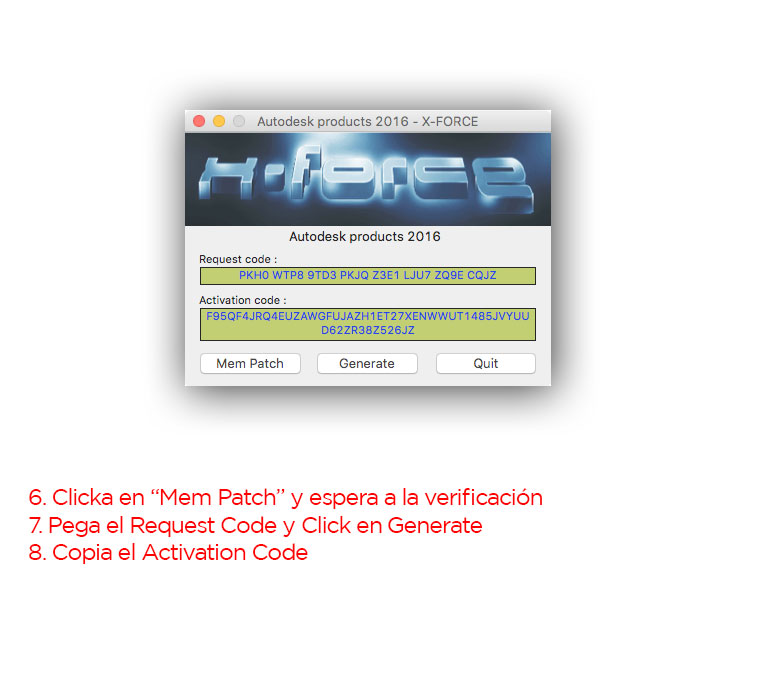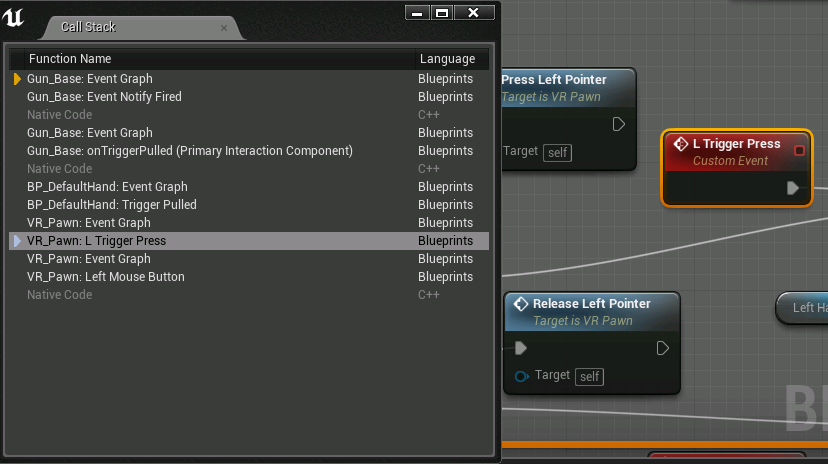
Similarly, when mice were forced to omit responses to receive sucrose rewards, habitual responding was impaired in lesioned mice. Mice were not impaired on the acquisition of this task, but lesioning striatal patches disrupted behavioral stability across training, and lesioned mice utilized a more goal-directed behavioral strategy during training. Mice were then trained to press a lever for sucrose rewards on a variable interval schedule to elicit habitual responding.
#Maya 2017 mem patch does not work Patch
To explore this possibility, we utilized transgenic mice ( Sepw1 NP67) preferentially expressing Cre recombinase in striatal patch neurons to target these neurons for ablation with a virus driving Cre-dependent expression of caspase 3. Patches have been shown to be selectively activated during inflexible motor stereotypies elicited by stimulants, suggesting that patches may subserve habitual behaviors. These structures have been thoroughly characterized neurochemically and anatomically, but little is known regarding their function.


However, interspersed throughout the striatum are neurochemically differing subcompartments known as patches, which are characterized by distinct molecular profiles relative to the surrounding matrix tissue.

Habitual responding is thought to be mediated by the striatum, with medial striatum guiding goal-directed action and lateral striatum promoting habits. Habits are automated behaviors that are insensitive to changes in behavioral outcomes.


 0 kommentar(er)
0 kommentar(er)
